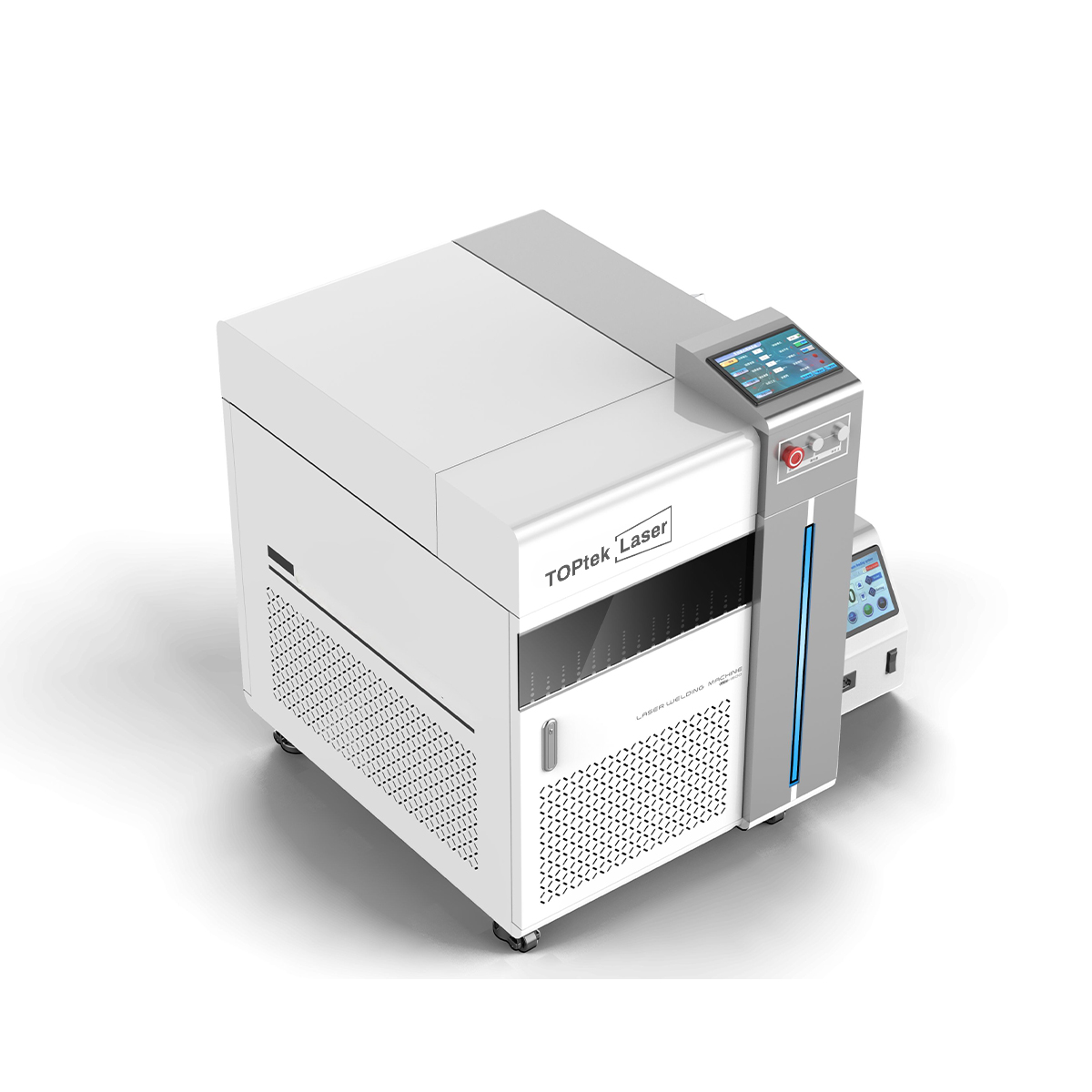Precautions for laser cutting machine cutting different materials
May 10,2023 | TOPTEK
Laser cutting machines are suitable for multi-material cutting processing, but different materials have different characteristics, and the cutting processing will also be different. Precautions for laser cutting machine cutting different materials.
1. Structural steel
This material gives better results when cut with oxygen. When oxygen is used as the processing gas, the cutting edge will oxidize slightly. For plates up to 4mm thick, nitrogen can be used as the processing gas for high pressure cutting. In this case, the cutting edge will not be oxidized. For plates with a thickness of more than 10mm, better results can be obtained by using a special plate for the laser and oiling the surface of the workpiece during processing.

2. Stainless steel
Cutting stainless steel needs: use oxygen, in the case where the edge oxidation is not important; use nitrogen to get a non-oxidized and burr-free edge, and no further treatment is required. Coating oil film on the surface of the plate will get a better perforation effect without reducing the processing quality.

3. Aluminum
Despite high reflectivity and thermal conductivity, aluminum thicknesses up to 6 mm can be cut, depending on alloy type and laser capability. When cutting with oxygen, the cutting surface is rough and hard. When nitrogen is used, the cut surface is smooth. Pure aluminum is very difficult to cut because of its high purity, and it can only be cut when a "reflective absorption" device is installed on the system. Otherwise reflections could destroy the optical components.
4. Titanium
Titanium plates are cut with argon and nitrogen as processing gases. Other parameters can refer to nickel-chromium steel.

5. Copper and brass
Both materials have high reflectivity and very good thermal conductivity. Brass with a thickness of less than 1mm can be cut with nitrogen; copper with a thickness of less than 2mm can be cut, and the processing gas must be oxygen. Copper and brass can only be cut if the system is equipped with a "reflective absorber". Otherwise reflections could destroy the optical components.
6. Synthetic materials
When cutting synthetic materials keep in mind the cutting hazards and possible emissions of hazardous substances. Synthetic materials that can be processed are: thermoplastics, thermosetting materials and elastomers.

7. Organic matter
There is a fire hazard in all organic cutting (using nitrogen as the process gas and compressed air as the process gas). Wood, leather, cardboard and paper can be laser cut and the cut edges will be charred (brown).
For more information please click:
https://www.youtube.com/watch?v=VHyqjoLTHyI
https://www.linkedin.com/company/91096732/admin/



